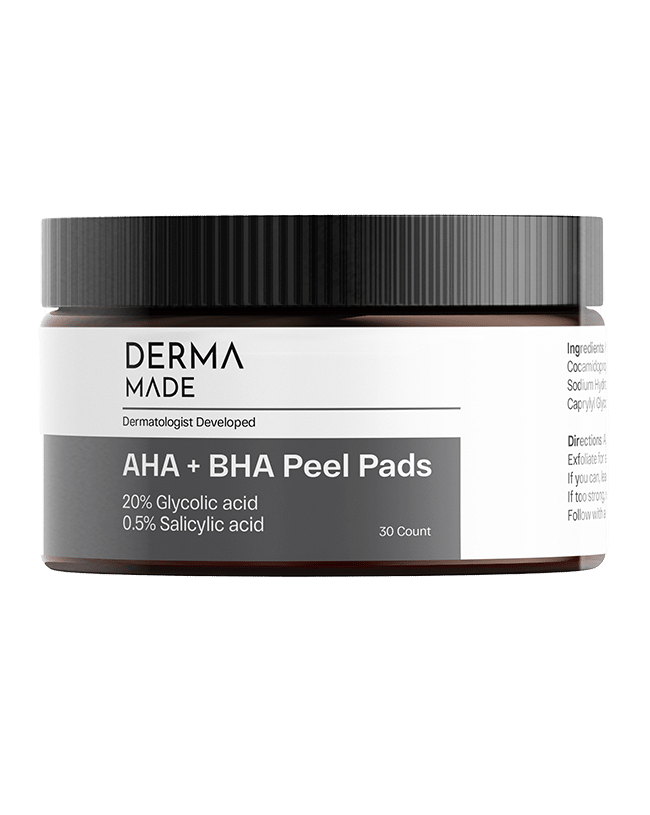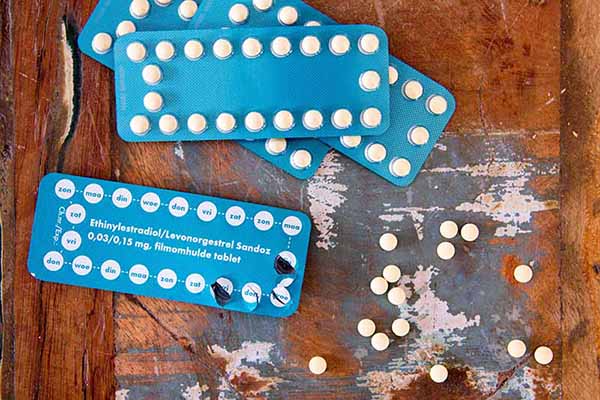Your skin sheds 30,000 to 40,000 dead cells hourly. Just imagine the build up in your pores when they mix with sebum, makeup and impurities. What happens when you don’t exfoliate to get rid of those dead skin cells? Dull skin. Break outs. Pimples and more! So, what is an exfoliator and what does it do?
The Buildup of Dead Skin Cells
Yes, we all get a buildup of shed, dead skin cells on the skin’s surface. This surface layer of the skin replaces itself every 28-30 days. That means there’s a constant rate of shedding old cells. This buildup of dead cells happens as part of the skin’s regular renewal process, which is faster in infants and slows with age.
The buildup of shed skin cells can lead to skin troubles like
- Breakouts
- Acne
- Dull looking skin
- Flaky skin
- More visible lines and wrinkles
What is an Exfoliator?
An exfoliator is a product and process that removes the dead skin cells from the surface of your skin. Exfoliating allows the fresher, new cells to be at the skin’s surface. These younger cells give the skin a smoother more radiant appearance.
When looking at what is an exfoliator, there are three basic types of exfoliators: chemical, physical or granular substance, and exfoliation tools.
Why Exfoliating is a Must
- Unclogs pores, removes the darker colored gunk. Clean pores equal the appearance of smaller pores. You can’t see the dirt any longer.
- Reduces blackheads.
- Reduces the appearance of fine lines and wrinkles.
- Brightens dull skin and improves overall skin tone.
- Lightens hyperpigmentation.
- Softens skin texture.
- Breaks down and removes excess sebum and oil, a great help for acne-prone skin.
Two Types of Exfoliants
Home exfoliation falls into two product categories: physical exfoliators and chemical exfoliators.
When you think of physical exfoliators, think of products that you can actually feel scrubbing your skin, like coffee grounds, sugar or salt. Chemical exfoliators don’t give you a strong tactile experience. They are liquid, acid-based products. Here’s a breakdown of the differences between physical and chemical exfoliants.
Physical or Granular Exfoliants
Physical exfoliators work on the top layers of the skin by scraping off the
build up of dull dead cells. Physical can include clay, crystals, micro-fine granules, and natural beads.
Physical exfoliating products have gone through their own evolution. It was once popular to use harsh scrubs made from ground walnut shells or apricot pits Then gentler scrubbing particles made from plastics were thought to be a better product. However, those were terrible for the environment and are now banned in many places. Using a physical exfoliate makes it easy to over do it. Over scrubbing your skin leads to microtears which are an entry point for bad bacteria to create problems.
Handheld exfoliating brushes are also a common method for physically scrubbing and exfoliating the skin. And though they seem convenient, one of the downsides to using an exfoliating brush is that the bristles can harbor bacteria, which can be a problem, especially for acne-prone skin.
Chemical Exfoliants
So for many people, chemical exfoliation is the way to go. Chemical exfoliants dissolve the glue that holds dead skin cells together, making it easier to dislodge them and wash them away. These exfoliators are primarily made from acids. And over time there are more benefits to the skin, beside exfoliation. Acids brighten skin, smooth out skin texture and tone, minimize dark spots, and reduce the appearance of fine lines.
Common acids used in chemical exfoliants are lactic acid and glycolic acid. Also, salicylic acid is particularly good for acne-prone and oily skin.
Other Options
Microdermabrasion is a minimally invasive procedure where the top layer of skin is removed. This procedure is performed by a professional. An instrument with a mildly abrasive surface gently sands and exfoliates away the top layer of skin.
Dermaplaning must be performed by a professional dermatologist or licensed esthetician. Because dermaplaning uses a surgical scalpel to gently scrape the top layer of dead cells off. Dermaplaning also removes any peach fuzz on your face, making your skin feel baby soft.
If you now understand the question, “What is an exfoliator?’ and you’re ready to begin exfoliating here are a few final tips. Don’t over exfoliate. You’ll know if you are as your skin will become red and start to peel or flake. Be sure to soothe your skin after exfoliating by loading up on moisturizer. And, (this is really important) protect your fresh skin with SPF! Ready for more information on how to begin exfoliating at home? Check out this guide.







